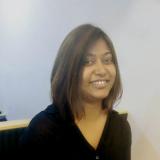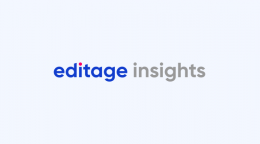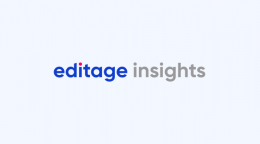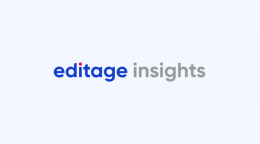Report of the 2014 conference of the European Association of Science Editors

I attended the 12th General Assembly and Conference of the European Association of Science Editors (EASE) in Split, Croatia, June 12-15, 2014. I arrived in Split, a scenic coastal city along the Adriatic Sea, excited about the next three days, because the conference program and abstracts promised me that they would be eventful and engaging, with optimally spaced out plenary talks, breakout sessions, and networking breaks. The theme of the conference was “The complex world of science editing.”
The event began with a welcome note from EASE President, Joan Marsh, and an entertaining opening ceremony with a choral performance of classical music by the Split Physicians’ Choir, comprising doctors, dentists, and students from the medical and dental programs of the University of Split School of Medicine.
This was followed by a plenary lecture by Nobel Laureate Professor Sir Tim Hunt on “What is Science?”. Sir Tim Hunt spoke about how science means different things to different people, how different scientists may ask different questions to resolve the same problem, and how the “greatest discoveries are the ones which rock your beliefs to the core.” He told the interesting story of how the journal peer reviewer called his Nobel-winning research findings “wild speculation based on faulty logic.” Sir Hunt emphasized that for researchers, “being interesting is more important than being right,” because if they’re wrong, some other researcher will correct them in due time. Having shared many interesting quotes about science from noteworthy scientists, Sir Hunt ended his talk with Schrödinger’s famous words, "Science is a game, but a game with reality.”
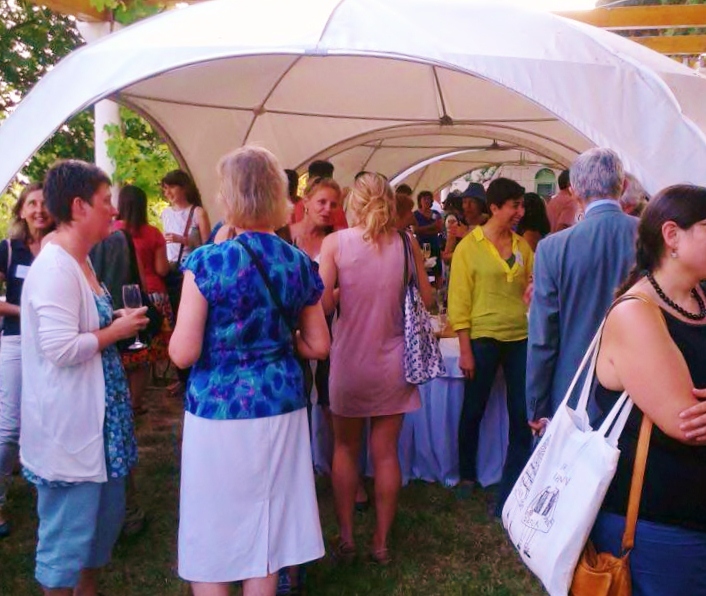
Day 1 ended with a lovely welcome reception by the sea, with appetizers, drinks, and a traditional Croatian dance performance at the Mestrovic Gallery (image on the right).
The schedule for day 2 was packed and began with a plenary lecture titled “Inter/multi/trans-disciplinarity: the challenge for publishing” by Professor Milena Žic-Fuchs from the Croatian Academy of Sciences and Arts, and the European Science Foundation. Prof. Žic-Fuchs discussed how although there is a need for increased multidisciplinary research, this type of research poses unique challenges to publication, as (a) journals have become more specialized, and (b) interdisciplinary journals are considered to have lower impact factors.
Prof. Žic-Fuch’s lecture was followed by parallel sessions on (a) social media and (b) quality in biomedical translation, a lunch-cum-networking break, and another plenary lecture by Professor Elizabeth Wager on innovations in peer review and ways to make the peer review process more efficient. Her talk included some startling facts:
- Peer review is not free from personal eccentricity and prejudice
- Editors generally see low agreement between reviewers on accept/reject decisions
- Peer review is not effective at filtering out errors and cases of fraud
- 6 peer reviewers would be needed for a statistically reliable outcome
Prof. Wager went on to discuss issues of readability, journal style, and data management, leaving the audience with plenty of food for thought.
Another round of parallel sessions on (a) gender policies of journals and (b) case studies from the Committee on Publication Ethics (COPE), followed by a hearty conference dinner, marked the end of day 2.
Day 3 began with two parallel sessions: one on the impact factor and other citation metrics, the use and misuse of the impact factor, and the Declaration on Research Assessment (DORA); and the other (parallel session) on professional development for editors, in which I was one of the speakers. The session on professional development for editors began with Pippa Smart from PSP Consulting presenting the results of a survey in which editors stated their training needs. Then I presented Editage Insights as a one-stop resource for authors and editors, introducing the audience to our interviews with industry experts and video on salami slicing, among other content offered. This was followed by Sioux Cumming from INASP talking about how their Journals Online project supports and trains journal editors in developing countries, and Maria Kowalczuk from Biomed Central outlining how Biomed Central offers support to its editors through dedicated websites and online distant-learning courses.
Then came more parallel sessions on (a) reporting guidelines for health research and medicine and (b) collaboration among editorial organizations, followed by a closing plenary lecture on reporting guidelines, as learned from the EQUATOR network, by Professor Doug Altman from the Centre for Statistics in Medicine, UK.
Networking breaks throughout the meeting included poster-viewing sessions. There were 11 high-quality posters on display, covering a range of topics of editorial interest, including the Editage poster on Author Education Strategies Beyond Cultural Boundaries, authored by Roohi Ghosh and myself.
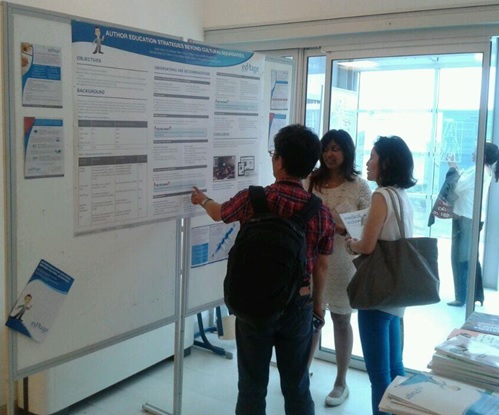
Clarinda Cerejo explaining the Editage poster during the poster-viewing session, EASE 2014, Split.
Overall, this conference offered plenty of learning and interaction with senior professionals in the field of scientific editing and publishing. I look forward to the next EASE conference in Strasbourg in June 2016.
Published on: Jul 01, 2014
Comments
You're looking to give wings to your academic career and publication journey. We like that!
Why don't we give you complete access! Create a free account and get unlimited access to all resources & a vibrant researcher community.




